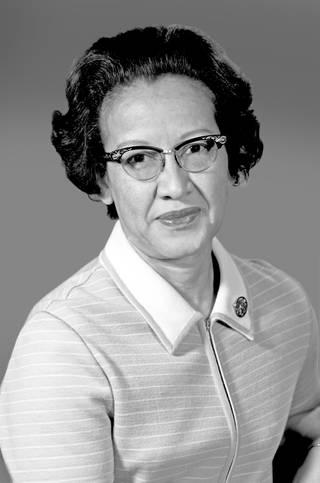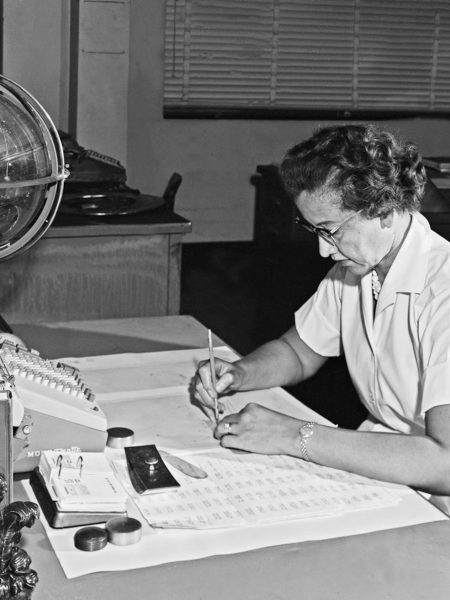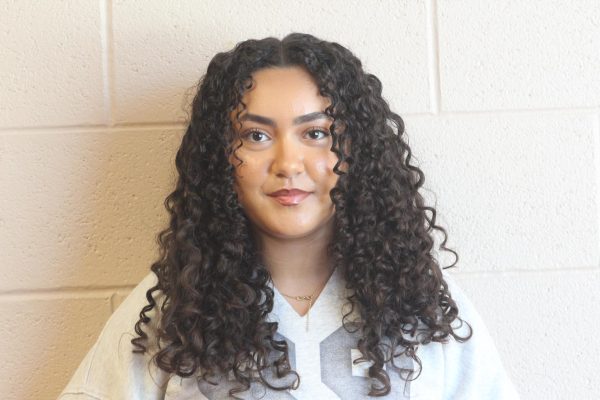
NASA asked Katherine if she could get them to the moon, and she delivered just that.
Creola Katherine Johnson was born on August 26th, 1918 in White Sulphur Springs, West Virginia. Her mother – Joylette Roberta – was a teacher, and her father – Joshua McKinley Coleman – pursued a career as a handyman. Johnson was the youngest of 4 children, yet shined the brightest.
Johnson, from an early age, was a prodigy in mathematics. Sadly, the segregated school system did not offer public education for African Americans past eighth grade. However, the Coleman family did not let this stop them. They were determined that their children further their education and obtain college degrees. to achieve this, they had to move 80 miles away to the nearest Black High School.
Since Katherine Johnson was gifted with incredible smarts, she finished high school at just thirteen years old. After that, she went to West Virginia State College where she met her mentor, Dr. William Claytor, who was the third African-American to obtain a Ph.D. in mathematics. Dr. Claytor lit a spark within Johnson. He not only recognized how smart she was but also created a class for her named Analytic Geometry of Space which helped her get her future career at NASA. In 1937, she graduated college with highest honors at just eighteen years old.

In 1939, Katherine Johnson overcame yet another racial barrier that existed in West Virginia’s School system. Dr. John W. Davis, West Virginia state president, hand-picked her and two other black students to be a part of their graduate schools. Unfortunately, she decided to leave the school and focus on starting a family with her then-husband, James Goble.
It wasn’t until 1952 that Johnson decided to dive into the teaching pool once again. It was that year that one of their relatives informed her that the NACA – National Advisory Committee for Aeronautics’ – had open positions in the all-black west area computing section there. NACA became the well-known NASA soon after. They moved to Newport News, Virginia to pursue this incredible opportunity, and Dorothy Vaughan – the head of the division – assigned her to a project in the Maneuver Loads Branch of the Flight Research Division. This “temporary assignment” later became permanent with Katherine Johnson working there for 4 years.
Katherine Johnson and the other women she worked with were best known as “human computers.” This was due to the fact they needed to figure out the complex calculations needed for the space race that America was in with the USSR – the Soviet Union.
In May of 1961, Katherine Johnson marked her place in history. She contributed immensely to NASA’s Freedom 7 mission that allowed Alan Shepard to become America’s first human spaceflight.
However, what Johnson was most known for was her contribution to NASA’s Friendship 7 orbital mission in 1962 that carried John Glenn to space. Johnson was called upon to help with Friendship 7 – something that wasn’t like anything done before. The complexity of this mission was believed to be extremely dangerous and almost impossible. This orbital flight required a worldwide communication network by linking tracking stations around the world to IBM computers in Washington, Cape Canaveral, and Bermuda.
The IBM computers were designed to calculate the orbital equations necessary to win the space race. However, astronauts were wary about how reliable IBM was. According to NASA, John Glenn said to the engineers “Get the girl. If she says they’re good, then I’m ready to go.”

Unfortunately, her contribution to these missions went unappreciated for decades until President Barack Obama bestowed the Medal of Freedom on Johnson in 2015. According to the White House, President Obama said “Black women have been a part of every great movement in American history, even if they weren’t always given a voice.” This recognition by Obama was historical. Obama’s administration was committed to enlightening the public on “untold history” like Katherine Johnson’s contributions to NASA.
The following year in 2016, Disney released a film named “Hidden Figures.” This film hyper-focused on the struggles that Katherine Johnson, Dorothy Vaughan, and Mary Jackson faced while being women mathematicians for NASA.
Katherine Johnson truly valued the importance of education and has inspired so many people throughout the years.
In her honor, her wonderful family founded the KCGJ – Katherine Johnson – Foundation. This foundation provides scholarships, and financial aid to young, aspiring children so that they can have the same opportunities to further their education.
Katherine Johnson died on February 24, 2020, However, the world will never forget her heroic story.




